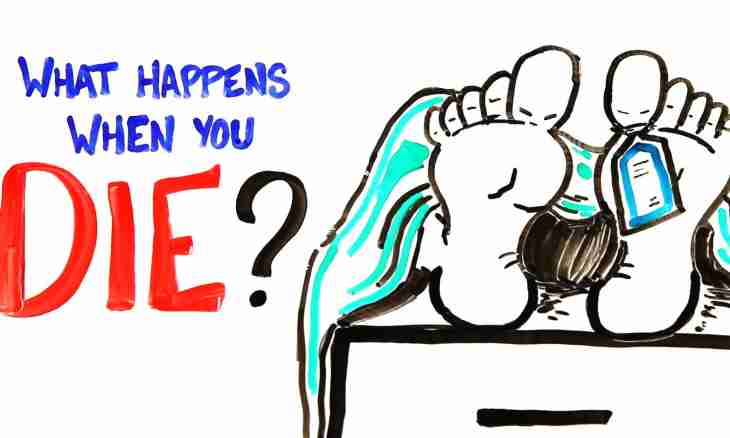The prosody is the scientific discipline relating to the theory of literature and studying features of poetic diction. One of key aspects of the poetic speech is the rifmenny system which is considered powerful means of language. On a number of formal signs various types of rhymes are allocated.
The rhyme is one of the brightest, but optional signs of the poetic speech. To create a rhyme in the poem, it is necessary to satisfy the following conditions: the rhymed words have to have similarity on sounding and distinctions on sense. It is impossible to rhyme pronouns and cognate words.
During different eras of a rhyme looked differently. So, in Pushkin time exact rhymes prevailed.
Several classifications of types of rhymes are allocated.
Classification by coincidence and discrepancy of morphemes
1. An exact rhyme — in which stressed vowels and all zaudarny coincide. Example: governed — forced.
2. At an approximate rhyme stressed vowels, zaudarny concordants coincide, but zaudarny vowels differ. Example: far — lonely.
Transition to an approximate rhyme happened in the middle of the 19th century.
3. The inexact rhyme allows 2 options of the existence. At the first shock phonemes coincide, more nothing coincides. Example: dances — to gad.
In the second case stressed vowels differ, and all other sounds coincide. Example: book — false.
Classification by the place of an accent
1. The men's rhyme has an accent on the final from the end a syllable. Examples: told — fell; in hills — in the dark.
2. The female rhyme has an accent on a penultimate syllable. Example: a squirrel — an arrow.
3. At a dactylic rhyme the accent falls on a syllable, the third from the end. Example: nailed — bewitched.
4. Hyper dactylic — the most rare type of a rhyme with an accent on a syllable which is located 3 syllables further from the end. Example: careless — coughing.
Classification by coincidence of pretonic phonemes
In the 20th century the rhyme shift trend to the left, i.e. deep into words or lines is observed.
1. If pretonic phonemes coincide, then the rhyme is called strict. Example: it is strict — a jail.
2. If there is no coincidence in the previous phonemes, then a rhyme poor. Example: love — carrots.

